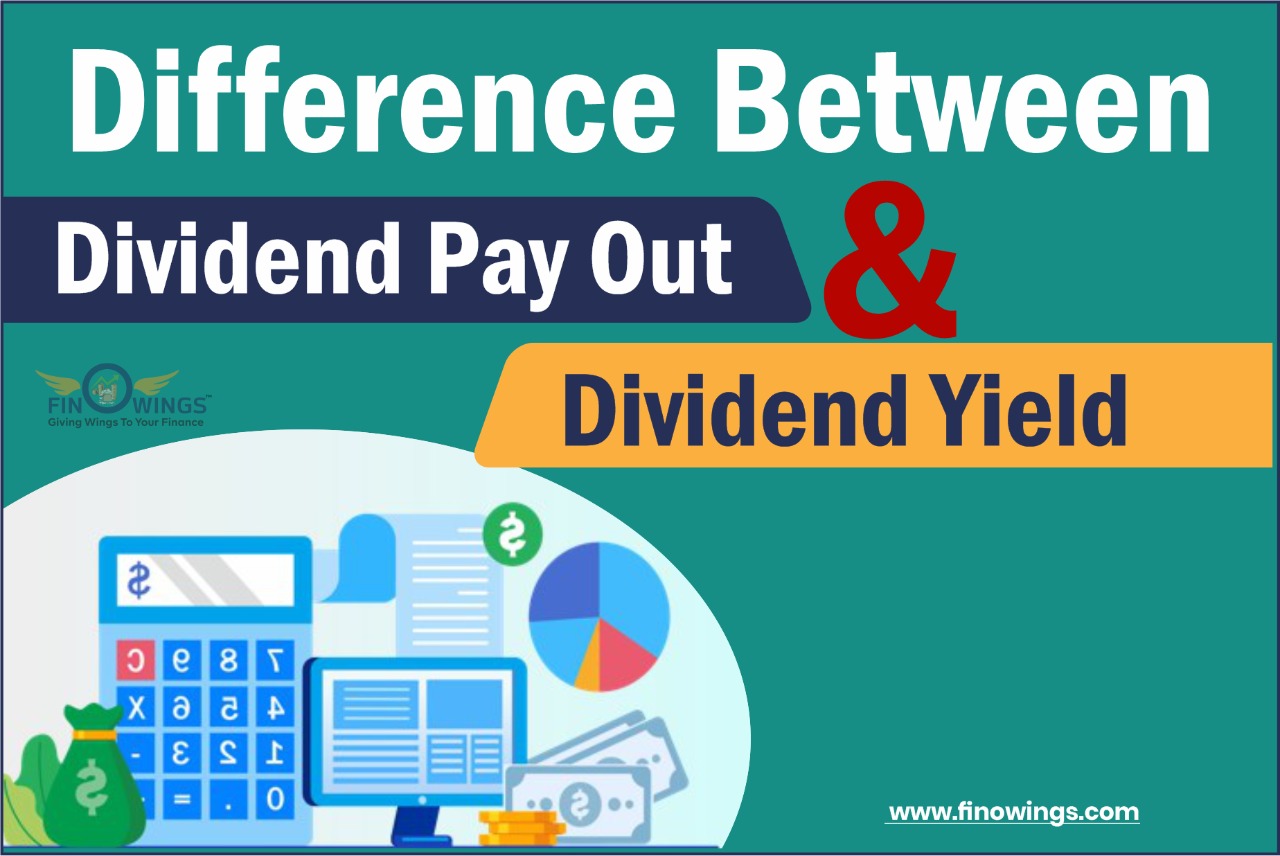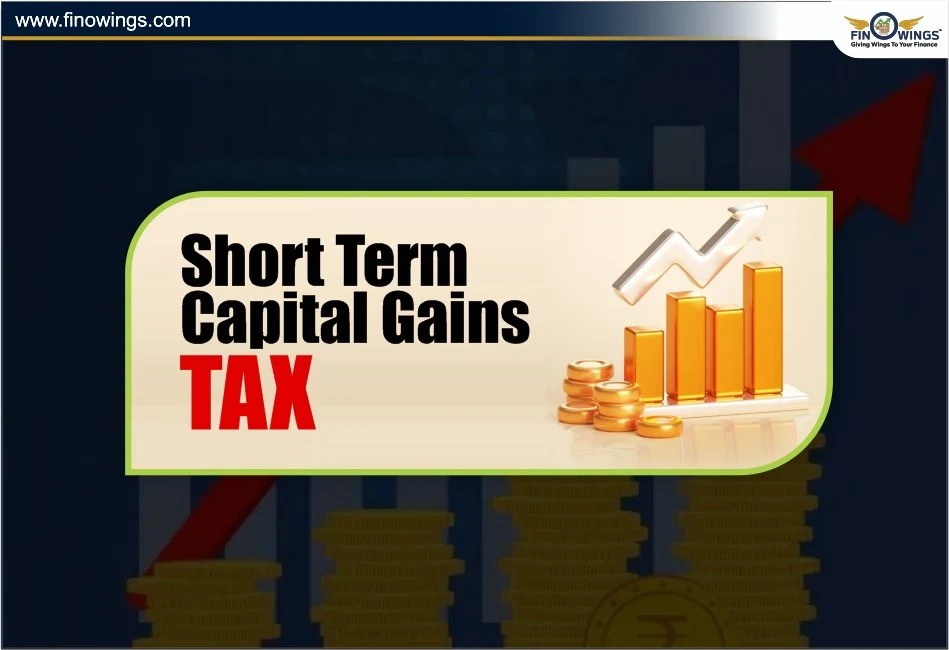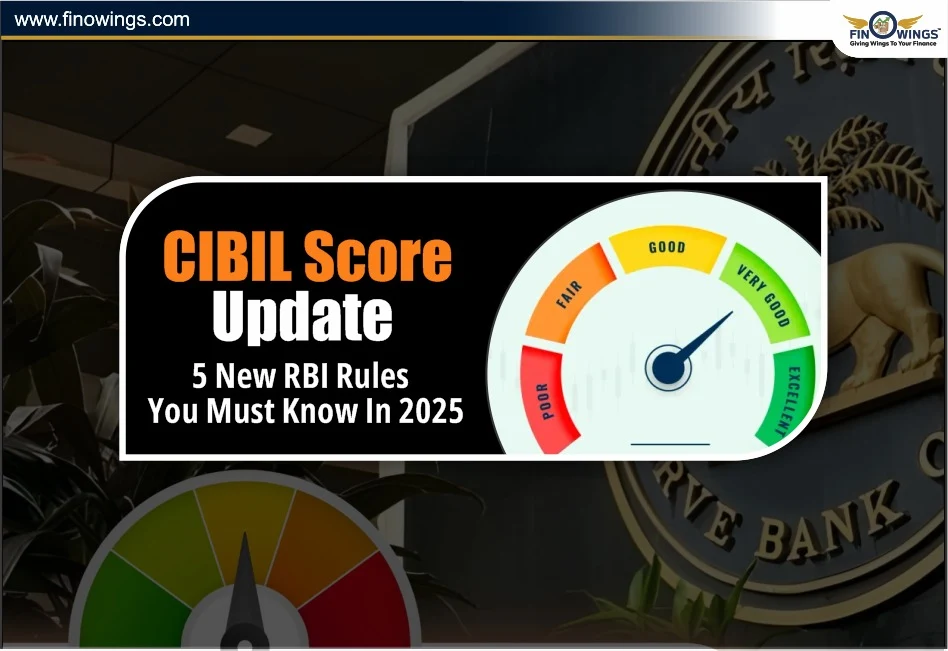Home >> Blog >> Difference between dividend pay out and dividend yield
Difference between dividend pay out and dividend yield

Table of Contents
- Introduction
- What Is a Dividend Payout?
- What is Dividend Yield?
- Example of Dividend Yield and Dividend Payout
- Dividend Yield vs Dividend Payout
- When To Focus On Dividend Payout Ratio
- When To Focus On Dividend Yield
- Which Is Better: Dividend Payout Ratio or Dividend Yield?
- Tips for Dividend Investors
- Bottom Line
Introduction
The stock market is regarded as one of the best ways to invest your money and earn a significant return. You can put your idle funds here and earn a good return on them with some research. I know this is nothing new, and you have already heard it many times.
However, the dividend you receive over your investment, in this case, is what is more intriguing. Every business distributes a portion of its profits to shareholders as dividends, another excellent way to generate passive income from your investment.
However, you must be vigilant about the company's dividend when investing. It would be best to consider various factors to determine a company's consistent dividend. You may have invested in the wrong company because the high dividend sways you.
The two ratios prove helpful for assessing the company's dividend yield and dividend payout ratio. But frequently, people get these two ratios mixed up; that's why we'll discuss them in detail and figure out how they differ.
What Is a Dividend Payout?
Dividend Payout Meaning - This ratio shows how much of a company's profits are distributed as dividends to shareholders. This figure might not be available when evaluating the stock, so it is best to look at the balance sheet of the particular company to find it.
In other words, you can think of it this way: The dividend payout ratio gives you a good idea about how much of the company's earnings are paid out as dividends.
It aids in determining whether a business is making wise use of its profits. For example, it is not a good sign if a company distributes a significant portion of its profit as a dividend rather than reinvesting it in its ongoing operations.
You should avoid investing in such a company because it will not continue to pay high dividends for a long time. There is a good chance that the company will only be able to maintain its high profit for a short time and eventually make less profit if it reinvests its profit.
To calculate the dividend payout ratio, use the following formula:
Dividend Payout Ratio = Annual Dividend per Share / Earning Per Share
What is Dividend Yield?
You can determine a company's annual dividend payment to investors by looking at its dividend yield. It is a financial ratio demonstrating how much of a company's profit is distributed annually to investors.
Instead of being expressed as a number, the dividend yield is shown as a percentage, so it is simple to determine the amount of return on investment you receive from the dividend.
Market share prices primarily influence the dividend yield. Depending on the share price, it might rise or fall. The yield will decrease as the market price of the company's stock increases. Conversely, the yield will increase as share prices decline.
Stocks that decrease quickly typically have high dividends. The dividend yield calculation formula is as follows:
Dividend Yield Ratio Formula = Annual Dividend per Share / Price per Share
Example of Dividend Yield and Dividend Payout
To better understand the terms dividend yield and dividend payout, let's examine both in-depth using hypothetical examples.
An example of dividend yield:
Consider that you invested in the company XYZ. Five hundred company shares are allotted to you after investing INR 100,000 in it. It indicates that one share costs INR 200, and the company pays a dividend of INR 10 per share annually. The dividend yield is therefore calculated as follows:
Dividend Yield Ratio = Annual Dividend per Share / Price per Share
= 10 / 200
= 20 %
The dividend yield for the business XYZ is 20%. Remember that this dividend yield will fluctuate depending on the share's market price. Yield decreases with an increase in price and vice versa for a price decrease.
An example of dividend payout:
Assuming that you invest in a company that pays an annual dividend of INR 10 and has an earning per share of INR 200, we can calculate the payout ratio as follows:
Dividend Payout Ratio = Annual Dividend per Share / Earning Per Share
= 10 / 200
= 20%
To determine a company's financial health, it is essential to look at its dividend payout ratio. The company is well managed if the dividend payout ratio has been consistent over a long period or is increasing at a good rate.
On the other hand, if the ratio is too high, the company may not be able to sustain its current level of spending for the foreseeable future.
Dividend Yield vs Dividend Payout
The ratio can be used to assess your return on investment and determine whether your investment will be profitable in the long run. With the help of dividend yield and dividend payout ratio, you can understand the business's earning potential and invest accordingly. Both these ratios help evaluate the dividend, yet there are some differences between the two. Let's learn more about these differences.
|
Dividend Yield |
Dividend Payout Ratio |
|
It helps compare the dividend and market value of the share. |
It helps in the comparison between the dividend and earnings per share. |
|
It informs you of the maximum dividends you may receive on a specific share. |
It informs you of the total sum the business distributes as dividends from its portion of profits. |
|
This ratio evaluates a company's dividend payment to its stock price. |
This ratio evaluates a company's dividend payout with its overall earnings. |
|
The higher dividend yield ratio indicates better returns. |
The higher dividend payout ratio indicates that the company distributes its earnings fairly to the shareholder. |
|
The formula to calculate dividend yield is Dividend Yield = Annual Dividend per Share / Price per Share |
To calculate the dividend payout ratio, you can use the following formula: Dividend Payout Ratio = Annual Dividend per Share / Earning Per Share |
When To Focus On Dividend Payout Ratio
- Investors check the dividend payout ratio as a good indicator of the company’s financial health and consistency of dividends.
- A high payout ratio (70–100%) is good for income investors, but it may not be feasible in the long-term.
- With a moderate payout ratio (30–50%) a company maintains a healthy balance of rewarding the shareholders while still retaining capital for growth.
- A low payout ratio (< 20%) indicates that a company is growth-oriented and is retaining capital for expansion.
An example would be IT companies, like Infosys or TCS, that maintain moderate payout ratios (40–50%) as it indicates a healthy balance between reinvestment along with a return for the shareholders.
When To Focus On Dividend Yield
- The dividend yield is more relevant to you when you are looking for regular income from your investments.
- A high yield (> 5%) is more appealing to income investors, but it could indicate poor stock performance.
- The reinvestment and growth passive companies control yield dividends.
An example would be PSU companies like Coal India or ONGC who have higher dividend yields (6–10%) as opposed to growth stocks like HDFC Bank that have lower yields (< 1%) due to consistent reinvestment in business growth.
Which Is Better: Dividend Payout Ratio or Dividend Yield?
Neither is "better"; they serve different purposes.
- The dividend payout ratio tells you how much of the profit is distributed to the company shareholders.
- The dividend yield indicates how much income is generated for every rupee invested.
- A decent dividend-paying stock reflects an achievable payout ratio (30–60%) and a consistent yield (2–5%), which indicates reliable income and business growth.
Tips for Dividend Investors
Monitor these metrics together:-
- A high yield and an unstable payout will signal a situation which could be financially perilous for you.
- Extremely high yields may indicate that stock prices have plummeted, which is never a good sign for an investor.
- Consistent dividends for 5–10 years or more indicate the financial reliability of the company and its stock.
- Use the Dividend Reinvestment Plans (DRIPs) to reinvest for compound returns, a much better option than letting them just sit in your account.
- In India and a few other countries, the dividends are taxed according to the standard income slab for each individual, so stay updated on the tax rules.
Bottom Line
The majority of investors use these two ratios to determine whether a company is for a good investment or not. In addition, dividend yield and dividend payout ratio provide information on how much a company pays out in dividends and whether its profit is distributed fairly to shareholders. Before investing in any company, use these ratios to help you make a well-informed choice. Do your research, and avoid relying solely on one factor. You can also look into Agarwal Corporate's investment courses to expand your knowledge and create more effective investment strategies.
Author
Frequently Asked Questions
On the majority of stocks, the dividend yield is typically calculated quarterly. However, it could vary depending on the company's policies.
Dividend payout helps to know what part of the company's income is paid out as dividends. The lower the number the more cash company retains to expand its operation.
The dividend payout amount may be zero if the company is not paying any dividends due to losses or for any other reason.
Dividend yield essentially displays the amount of income you receive based on the price of a share. A low dividend makes the stock less attractive and competitive in its industry.















